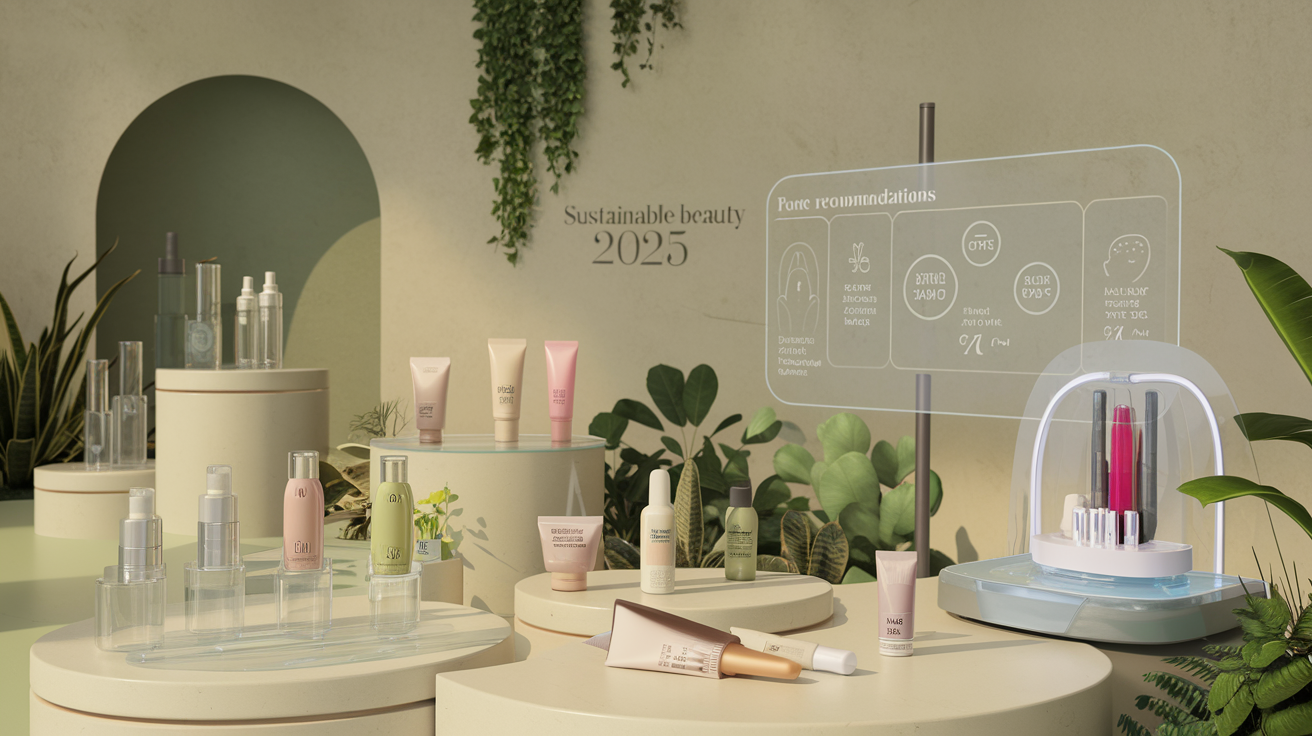
🌿 Are you ready to revolutionize your beauty routine? The world of cosmetics is on the brink of a green revolution, and it's time to get ahead of the curve. As we approach 2025, the beauty industry is set to undergo a dramatic transformation, with sustainability at its core.
Imagine a future where your favorite products not only make you look and feel amazing but also contribute to a healthier planet. From biodegradable packaging to AI-powered skincare, the innovations on the horizon are both exciting and eco-conscious. But with so many changes coming, how can you stay informed and make the best choices for yourself and the environment?
In this blog post, we'll explore the top five trends shaping the future of sustainable beauty. We'll dive into the eco-friendly packaging revolution, clean and green formulations, tech-driven personalization, holistic wellness approaches, and the emerging circular beauty economy. Get ready to discover how these groundbreaking developments will redefine your beauty regimen and help you become a more conscious consumer. 🌎✨
Eco-Friendly Packaging Revolution
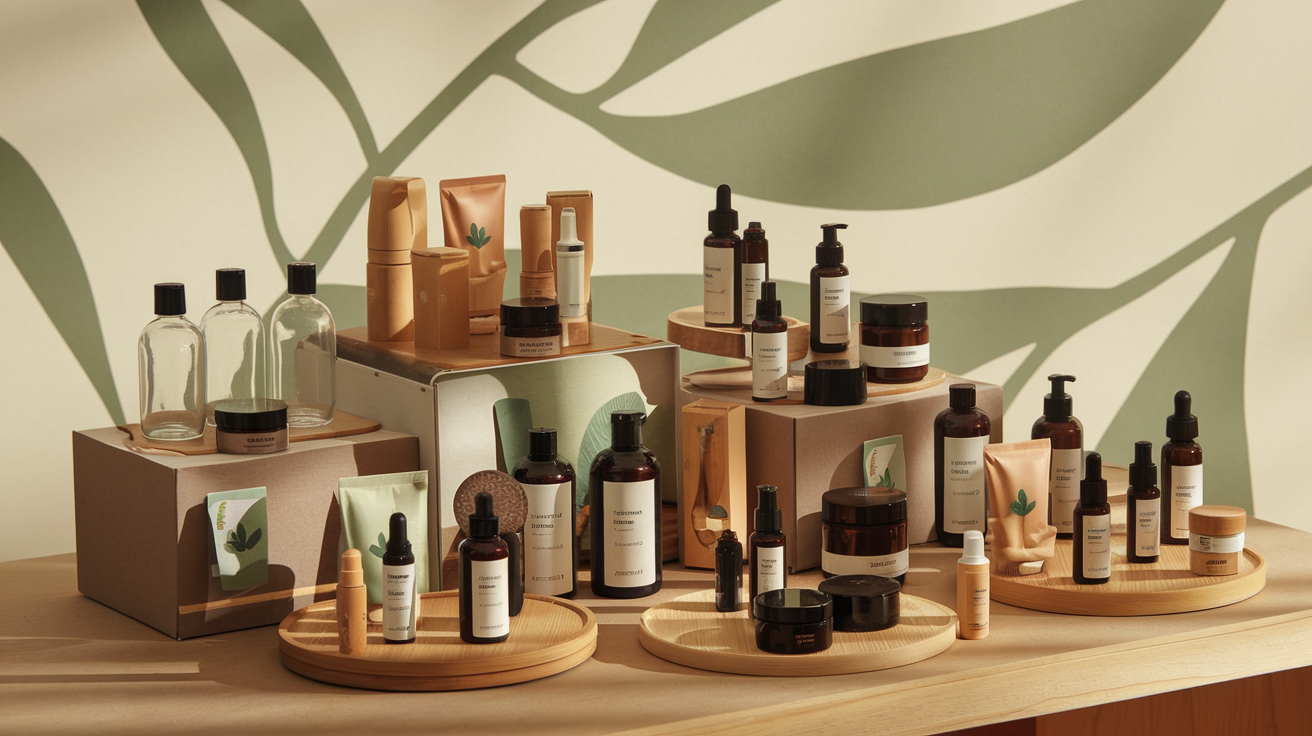
Biodegradable and Compostable Materials
As we step into 2025, the beauty industry is undergoing a significant transformation in packaging. Biodegradable and compostable materials are at the forefront of this eco-friendly packaging revolution. These innovative materials are designed to break down naturally, leaving minimal impact on the environment.
Popular biodegradable materials in beauty packaging include:
-
Plant-based plastics (PLA)
-
Bamboo
-
Sugarcane bagasse
-
Mycelium (mushroom-based packaging)
| Material | Biodegradation Time | Environmental Impact |
|---|---|---|
| PLA | 3-6 months | Low |
| Bamboo | 4-6 months | Very Low |
| Bagasse | 30-90 days | Minimal |
| Mycelium | 30-90 days | Negligible |
These materials not only reduce plastic waste but also contribute to a circular economy, aligning with the growing consumer demand for sustainable beauty products.
Refillable and Reusable Containers
The concept of refillable and reusable containers is gaining momentum in the beauty industry. This approach significantly reduces packaging waste and encourages long-term use of high-quality containers. Brands are introducing innovative refill systems, such as:
-
Cartridge-based refills
-
Pouch refills
-
In-store refill stations
-
Subscription-based refill services
These systems not only minimize waste but also often prove cost-effective for consumers in the long run. Luxury brands are particularly embracing this trend, offering beautifully designed, durable containers that consumers are proud to display and refill.
Minimal Packaging Designs
The "less is more" philosophy is making its mark in beauty packaging. Minimal packaging designs are not just aesthetically pleasing but also environmentally conscious. This trend focuses on:
-
Reducing excess packaging layers
-
Using mono-material packaging for easier recycling
-
Incorporating subtle, eco-friendly inks and finishes
-
Prioritizing functionality over unnecessary embellishments
Brands are finding creative ways to communicate product information without relying on excessive packaging. QR codes and augmented reality are being utilized to provide detailed product information, reducing the need for printed materials.
Ocean-Safe Sunscreen Packaging
With increasing awareness about the impact of sunscreens on marine ecosystems, the beauty industry is responding with ocean-safe sunscreen packaging. This innovative approach considers both the product formulation and its packaging to ensure minimal harm to aquatic life.
Key features of ocean-safe sunscreen packaging include:
-
UV-resistant, non-leaching materials
-
Biodegradable options safe for marine environments
-
Clear labeling of reef-safe ingredients
-
Compact designs to reduce plastic use
Some brands are even exploring dissolvable packaging for single-use sunscreen applications, further minimizing environmental impact.
As we look towards the future of sustainable beauty, these eco-friendly packaging innovations are set to redefine industry standards. The next section will delve into the clean and green formulations that complement these packaging advancements, creating a holistic approach to sustainable beauty.
Clean and Green Formulations
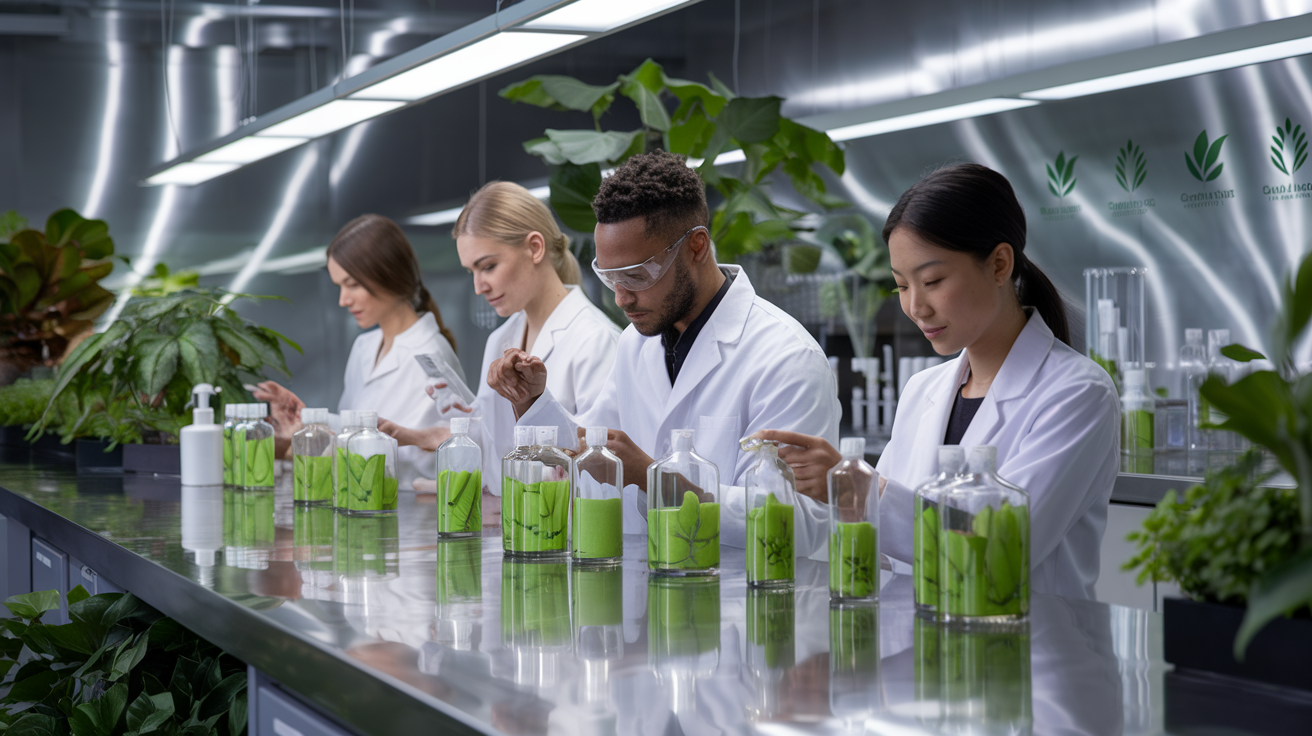
Plant-Based Ingredients Domination
As we delve into clean and green formulations, it's clear that plant-based ingredients are taking center stage in the beauty industry. This shift towards natural, botanical elements is not just a passing trend but a fundamental change in how we approach skincare and cosmetics.
Plant-based ingredients offer numerous benefits:
-
Sustainability: Often more environmentally friendly than synthetic alternatives
-
Biocompatibility: Generally better tolerated by the skin
-
Nutrient-rich: Packed with vitamins, minerals, and antioxidants
-
Consumer appeal: Aligned with growing demand for natural products
| Ingredient | Benefits | Popular Uses |
|---|---|---|
| Bakuchiol | Natural retinol alternative, anti-aging | Serums, night creams |
| Moringa oil | Rich in antioxidants, moisturizing | Face oils, hair treatments |
| Prickly pear seed oil | High in vitamin E, hydrating | Facial moisturizers |
| Hemp seed oil | Anti-inflammatory, non-comedogenic | Acne treatments, body lotions |
Waterless Beauty Products
The beauty industry is making waves with waterless formulations, addressing both environmental concerns and product efficacy. By eliminating water from products, brands are creating more concentrated, potent formulations that require less packaging and preserve.
Key advantages of waterless beauty:
-
Extended shelf life without artificial preservatives
-
Reduced carbon footprint in transportation
-
More potent formulations with higher concentrations of active ingredients
-
Innovative product formats like powders, balms, and solid bars
Microbiome-Friendly Skincare
Understanding the skin's microbiome has revolutionized our approach to skincare. Microbiome-friendly products aim to support and balance the skin's natural ecosystem, promoting overall skin health and resilience.
Microbiome-friendly skincare focuses on:
-
Prebiotics: Nourish beneficial bacteria
-
Postbiotics: Provide skin benefits from bacterial metabolites
-
pH-balanced formulations: Maintain optimal skin environment
-
Gentle cleansers: Avoid disrupting the skin's natural barrier
Synthetic Biology in Cosmetics
Synthetic biology is emerging as a game-changer in the beauty industry, allowing for the creation of sustainable, lab-grown ingredients that mimic natural compounds. This technology offers the potential for more consistent, pure, and environmentally friendly ingredients.
Applications of synthetic biology in cosmetics:
-
Lab-grown collagen for anti-aging products
-
Bioengineered fragrances that reduce reliance on natural resources
-
Customized probiotics for personalized skincare
-
Sustainable alternatives to endangered plant extracts
Upcycled Ingredients
The concept of upcycling has found its way into beauty formulations, turning waste materials into valuable skincare ingredients. This approach not only reduces waste but also discovers new, potent actives from unexpected sources.
Popular upcycled ingredients include:
-
Coffee grounds: Exfoliants and antioxidants
-
Fruit pits: Natural oils and exfoliants
-
Discarded plant parts: Essential oils and extracts
-
Food industry by-products: Antioxidants and nutrients
As we move towards more sustainable and effective beauty solutions, these clean and green formulations are paving the way for a more conscious and innovative industry. Next, we'll explore how technology is revolutionizing personalization in beauty products and treatments.
Tech-Driven Personalization

AI-Powered Skincare Diagnostics
The future of beauty is becoming increasingly personalized, and AI-powered skincare diagnostics are at the forefront of this revolution. These advanced systems use machine learning algorithms to analyze your skin's condition, offering tailored recommendations for your unique skincare needs.
-
Instant skin analysis through smartphone cameras
-
Continuous monitoring of skin health and progress
-
Personalized product suggestions based on real-time data
AI diagnostics not only provide more accurate assessments but also adapt to changes in your skin over time, ensuring that your skincare routine remains effective as your needs evolve.
3D-Printed Custom Cosmetics
3D printing technology is set to transform the beauty industry by allowing for the creation of truly personalized cosmetic products. This innovative approach offers several advantages:
| Advantage | Description |
|---|---|
| Precise formulations | Exact amounts of ingredients tailored to individual needs |
| On-demand production | Reduced waste and inventory costs |
| Customized textures | Products designed to match personal preferences |
| Unique packaging | Personalized containers that reflect individual style |
Imagine walking into a beauty store, having your skin analyzed, and walking out with a custom-printed foundation that perfectly matches your skin tone and addresses your specific skincare concerns.
Virtual Try-On Apps
As we move towards a more digital beauty experience, virtual try-on apps are becoming increasingly sophisticated. These apps use augmented reality (AR) technology to allow users to experiment with different makeup looks, hairstyles, and even skincare products without actually applying them.
Key features of advanced virtual try-on apps:
-
Real-time facial recognition and tracking
-
Accurate color matching and texture rendering
-
Integration with e-commerce platforms for seamless purchasing
-
Social sharing capabilities for instant feedback
These apps not only enhance the online shopping experience but also reduce the need for physical testers, promoting hygiene and sustainability in the beauty industry.
DNA-Based Product Recommendations
The ultimate level of personalization in beauty comes from understanding your genetic makeup. DNA-based beauty recommendations analyze your genetic profile to provide insights into:
-
Skin sensitivity and potential allergies
-
Predisposition to certain skin conditions
-
Natural skin aging process
-
Optimal nutrient needs for skin, hair, and nails
By combining this genetic information with AI-powered analysis of lifestyle factors and environmental conditions, beauty brands can create highly personalized product formulations and skincare routines that work in harmony with your unique biology.
As we look towards 2025, these tech-driven personalization trends are set to redefine the beauty industry, offering consumers unprecedented levels of customization and efficacy. The integration of AI, 3D printing, AR, and genetic analysis is not just about creating more effective products; it's about empowering individuals to make informed decisions about their beauty routines based on scientific data and cutting-edge technology.
Holistic Wellness Approach
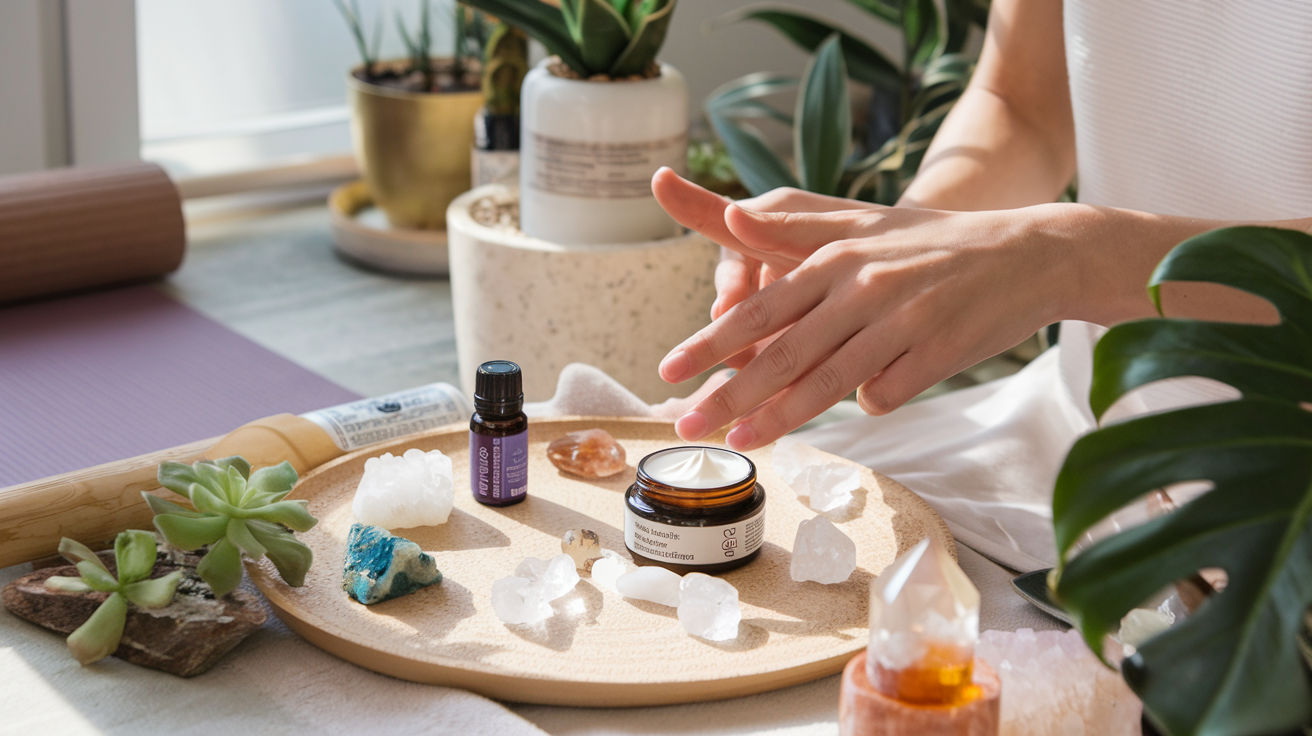
Ingestible Beauty Supplements
As the beauty industry continues to evolve, the concept of beauty from within is gaining traction. Ingestible beauty supplements are set to revolutionize our skincare routines by 2025. These supplements work synergistically with topical products to enhance overall skin health and appearance.
-
Key benefits of ingestible beauty supplements:
-
Targeted nutrition for skin, hair, and nails
-
Enhanced absorption of essential nutrients
-
Long-term improvements in skin texture and tone
-
Complementary effects to topical skincare products
-
| Supplement Type | Primary Benefits | Key Ingredients |
|---|---|---|
| Collagen Boosters | Improved skin elasticity | Hydrolyzed collagen, Vitamin C |
| Antioxidant Blends | Protection against free radicals | Resveratrol, Green tea extract |
| Gut Health Formulas | Enhanced nutrient absorption | Probiotics, Prebiotics |
| Hair Growth Support | Stronger, fuller hair | Biotin, Zinc, Iron |
Mental Health-Focused Products
The connection between mental well-being and physical appearance is becoming increasingly recognized. By 2025, we can expect to see a surge in beauty products designed to support mental health and emotional balance.
These innovative products will incorporate mood-enhancing ingredients and sensory experiences to promote relaxation and reduce anxiety. Aromatherapy-infused skincare, color-changing formulations that respond to stress levels, and products with adaptogenic herbs are just a few examples of what we might see in this category.
Sleep-Enhancing Skincare
Quality sleep is essential for skin regeneration and overall health. The future of sustainable beauty will likely include a range of products specifically formulated to optimize skin repair during sleep.
-
Features of sleep-enhancing skincare:
-
Time-release formulations for overnight delivery of active ingredients
-
Aromatherapeutic properties to promote better sleep
-
Textures that won't transfer to pillowcases
-
Ingredients that work in sync with the skin's natural circadian rhythm
-
Stress-Reducing Cosmetics
As we move towards 2025, the beauty industry is set to tackle one of the biggest skin enemies: stress. Stress-reducing cosmetics will go beyond simple calming ingredients to offer comprehensive solutions for stress-induced skin issues.
These products may incorporate advanced technology to measure and respond to stress levels in real-time. For instance, we might see smart serums that adjust their active ingredients based on cortisol levels detected through the skin.
| Stress-Induced Skin Issue | Potential Cosmetic Solution |
|---|---|
| Inflammation | Anti-inflammatory peptides |
| Dehydration | Hyaluronic acid boosters |
| Dullness | Oxygen-infusing formulas |
| Accelerated aging | Telomere-protecting compounds |
The holistic wellness approach in sustainable beauty is set to redefine our understanding of skincare and cosmetics. By addressing beauty from multiple angles - internal health, mental well-being, sleep quality, and stress management - the industry is moving towards a more comprehensive and effective approach to beauty and self-care. This integrated strategy not only promises better results but also aligns with the growing consumer demand for products that support overall wellness alongside aesthetic benefits.
Circular Beauty Economy
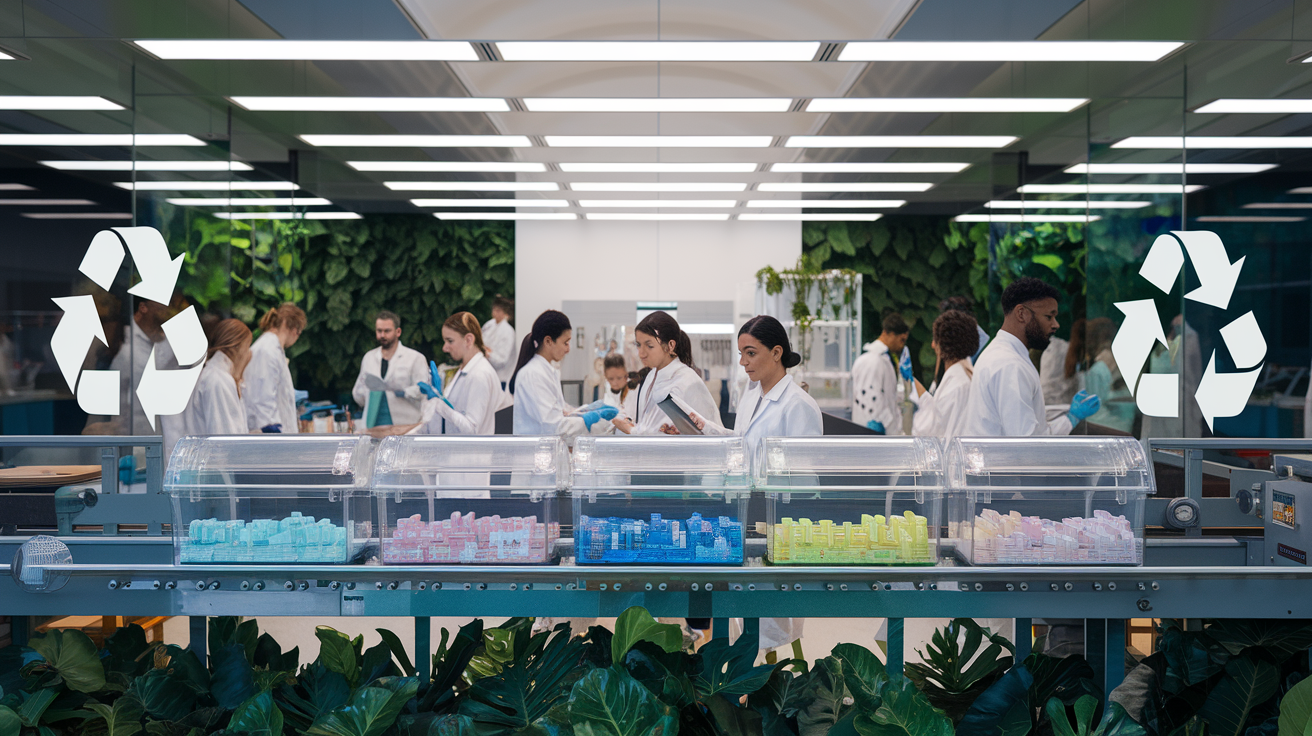
Product Recycling Programs
As sustainability becomes increasingly crucial in the beauty industry, product recycling programs are taking center stage. These initiatives not only reduce waste but also foster customer loyalty and brand responsibility. Many leading beauty brands are now offering incentives for customers to return empty containers, creating a closed-loop system that minimizes environmental impact.
Here's a comparison of some popular recycling programs:
| Brand | Program Name | Incentives | Materials Accepted |
|---|---|---|---|
| MAC | Back to MAC | Free lipstick | Any MAC primary packaging |
| Lush | Bring It Back | £0.50 deposit per item | Any Lush plastic packaging |
| Kiehl's | Recycle and Be Rewarded | Points for future purchases | Any brand's empty beauty products |
| L'Occitane | TerraCycle Partnership | 10% off next purchase | Any brand's empty beauty products |
These programs not only benefit the environment but also create a sense of community and shared responsibility among consumers.
Rental Beauty Services
An innovative trend emerging in the circular beauty economy is rental beauty services. This concept allows consumers to experience luxury and high-end beauty products without the long-term commitment or environmental impact of purchasing full-size items.
Key benefits of rental beauty services include:
-
Reduced waste from unused products
-
Increased accessibility to premium brands
-
Opportunity to test products before committing to a purchase
-
Lower overall cost for consumers
Some pioneering companies are already offering beauty rental services, ranging from skincare devices to luxury makeup kits for special occasions.
Second-Hand Luxury Cosmetics
The second-hand market is no longer limited to clothing and accessories. Luxury cosmetics are now finding their way into the resale market, offering a sustainable alternative for beauty enthusiasts. This trend is particularly appealing to:
-
Collectors of limited-edition items
-
Makeup artists seeking professional-grade products at lower costs
-
Environmentally conscious consumers looking to reduce waste
While concerns about hygiene and product safety exist, many platforms are implementing strict authentication and sanitization processes to ensure product integrity.
Zero-Waste Beauty Stores
Zero-waste beauty stores are revolutionizing the retail experience by eliminating unnecessary packaging and promoting sustainable consumption. These stores typically feature:
-
Refill stations for shampoos, lotions, and other beauty products
-
Package-free solid beauty items like shampoo bars and solid perfumes
-
Reusable containers for purchase or bring-your-own container options
-
Bulk ingredient sales for DIY beauty enthusiasts
This innovative retail model not only reduces packaging waste but also encourages mindful consumption and fosters a deeper connection between consumers and the products they use.
As we move towards a more sustainable future in beauty, these circular economy trends are set to reshape the industry. The next section will explore how these changes are impacting both consumers and businesses in the beauty sector.
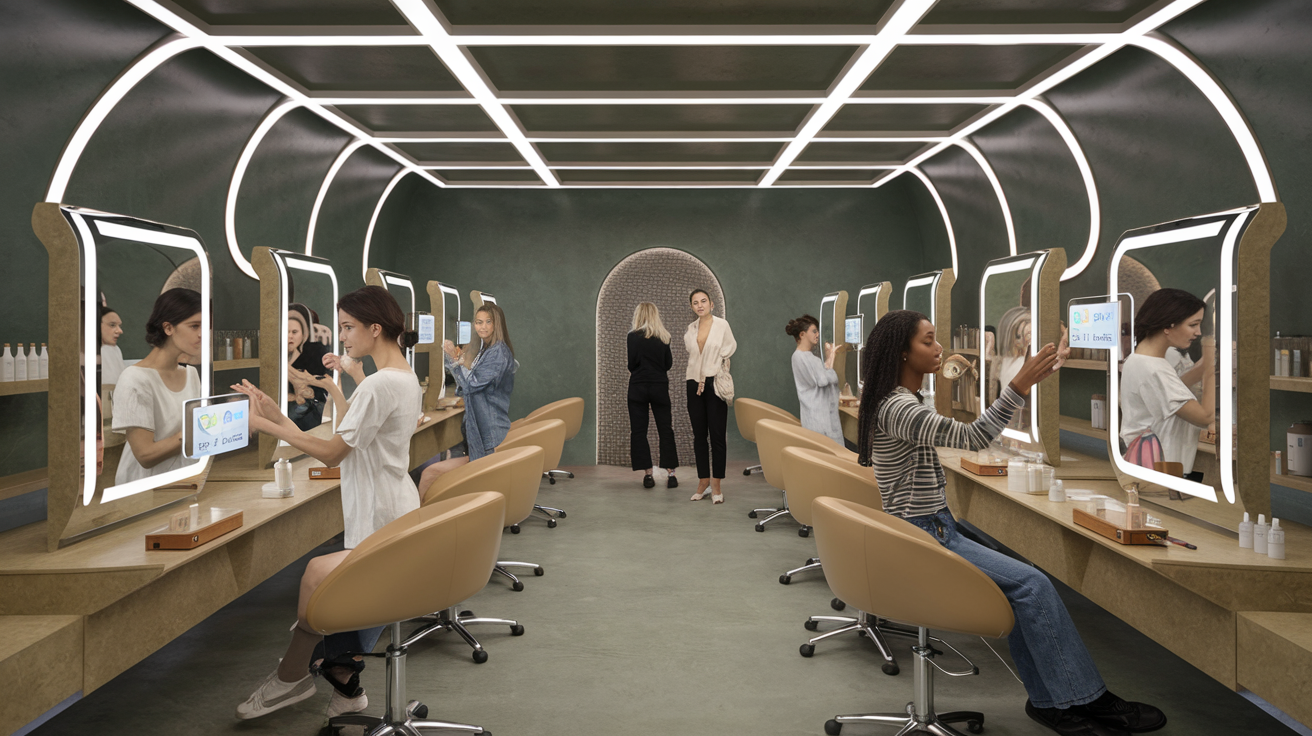
The beauty industry is poised for a sustainable revolution, with eco-friendly packaging, clean formulations, and tech-driven personalization leading the charge. As consumers become more conscious of their environmental impact, brands are embracing holistic wellness approaches and circular economy principles. These trends are not just passing fads but represent a fundamental shift in how we approach beauty and personal care.
As we look towards 2025, it's clear that sustainability will be at the heart of the beauty industry. By supporting brands that prioritize these eco-friendly initiatives, consumers can play a crucial role in shaping a more sustainable future for beauty. Embrace these emerging trends, and be part of the change that will redefine beauty for generations to come.
📚 References
- United Nations Environment Programme (UNEP), 2023 – Global sustainability trends and climate-conscious industries
- McKinsey & Company, 2023 – Sustainability in beauty: consumer expectations and industry shifts
- Ellen MacArthur Foundation – Circular economy principles and packaging innovation
- Nature Biotechnology, 2020 – Biotechnology in cosmetics: lab-grown actives and sustainable innovation
- ISO 22716:2007 – Cosmetics Good Manufacturing Practices (global compliance reference)
- ECOCERT – Certification standards for natural and organic cosmetics
- PETA – Cruelty-Free certification in cosmetics
- Forbes, 2023 – Green beauty tech: innovation meets sustainability


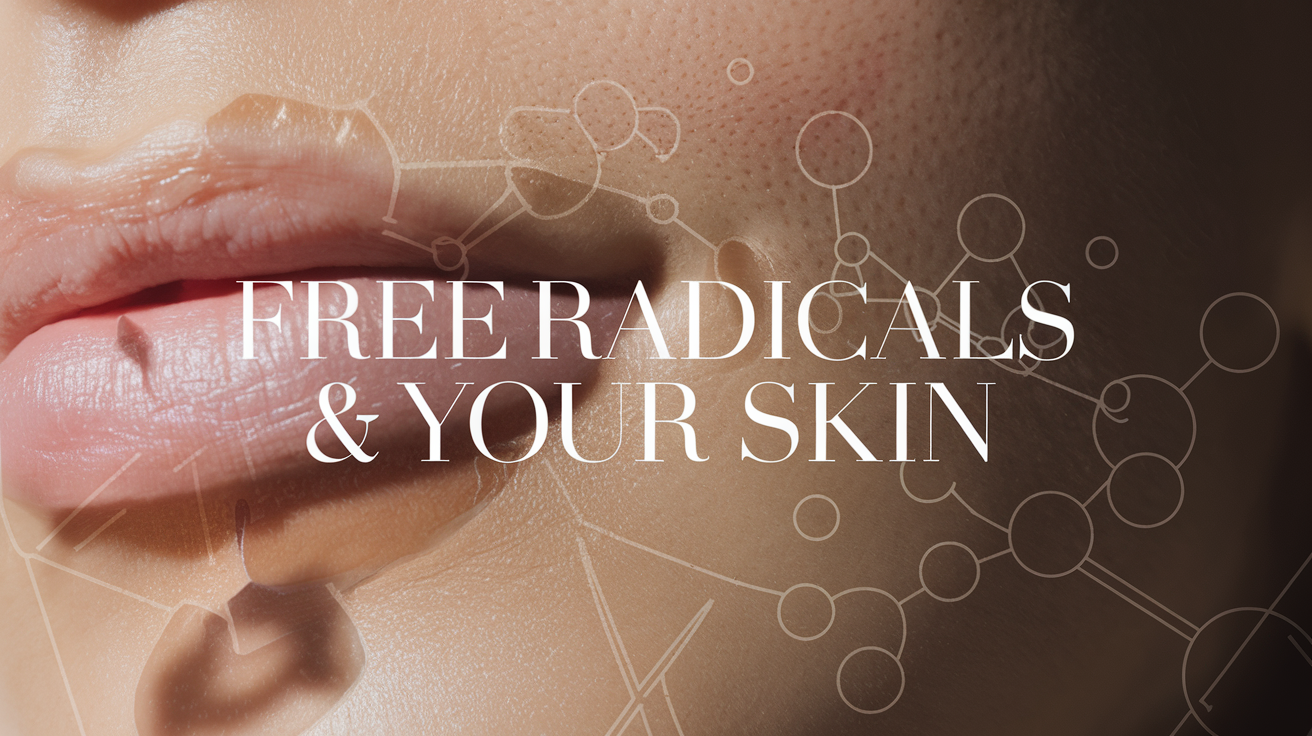

Leave a comment
This site is protected by hCaptcha and the hCaptcha Privacy Policy and Terms of Service apply.